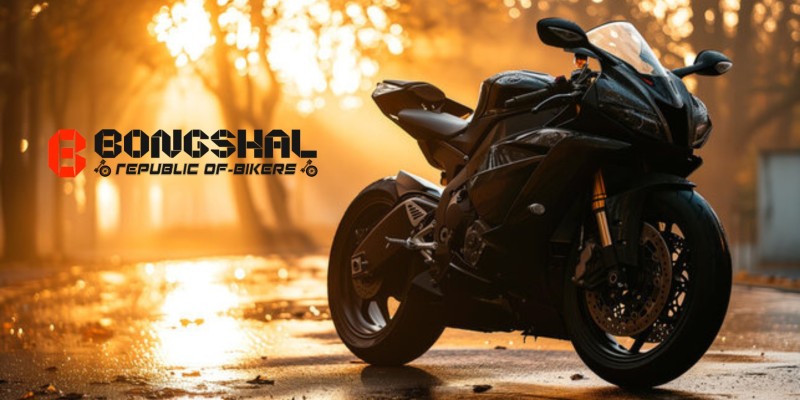
Rev Matching
Mastering
Rev Matching: A Smooth Riding Skill Every Biker Should Learn
When you’re riding a motorcycle, smoothness is everything. From leaning into a corner to applying brakes, every action you take directly impacts your control and safety. One often-overlooked technique that separates advance riders from beginners is rev matching. It is too much important at the time of engine brake.
What is Rev Matching?
Rev
matching (short for revolution matching) is the technique of adjusting
your engine speed (RPM) to match the speed of the lower gear you’re shifting
into.
When
you downshift without rev matching, the sudden jump in engine
speed can cause:
- A jerky
motion that unsettles the bike.
- Rear
wheel hop or skid
if the revs are mismatched badly.
- Uneven
tire wear and added stress on the gearbox.
With
proper rev matching, the transition is smooth, controlled, and safe.

How Does Rev Matching Work?
- Pull
in the clutch
– disengage the engine from the transmission.
- Blip
the throttle
– give a quick twist to raise the RPM.
- Downshift – shift into the lower gear.
- Release
the clutch smoothly
– the engine and wheel speeds are now better synchronized.
This
way, the bike doesn’t lurch forward or lock up the rear tire.
Why Should Riders Learn Rev Matching?
- Smoother
Riding Experience.
- Improved
Cornering.
- Longer
Machine Life.
- Enhanced
Control.
Rev matching may seem like a
small detail, but it can transform your riding style. It makes you smoother,
safer, and more in tune with your motorcycle. Whether you’re carving through
twisty mountain roads or navigating city traffic, mastering this technique will
make you a more confident rider. So, the next time you ride, pay attention to
your downshifts — and practice rev matching. Your bike (and your fellow riders)
will thank you.

